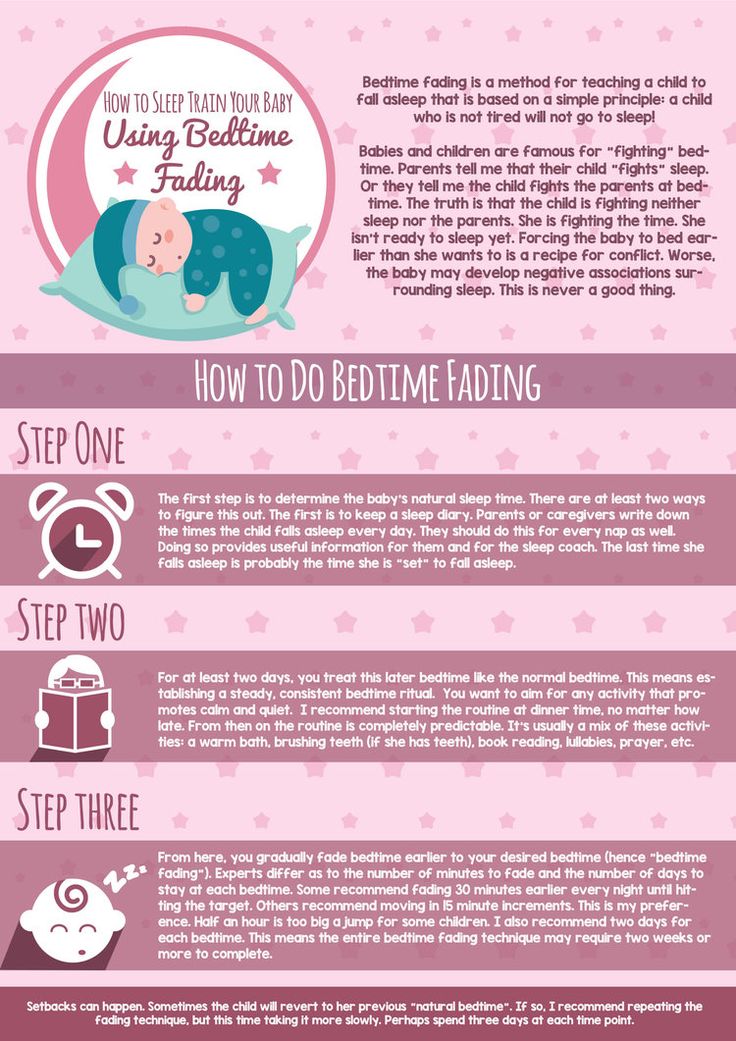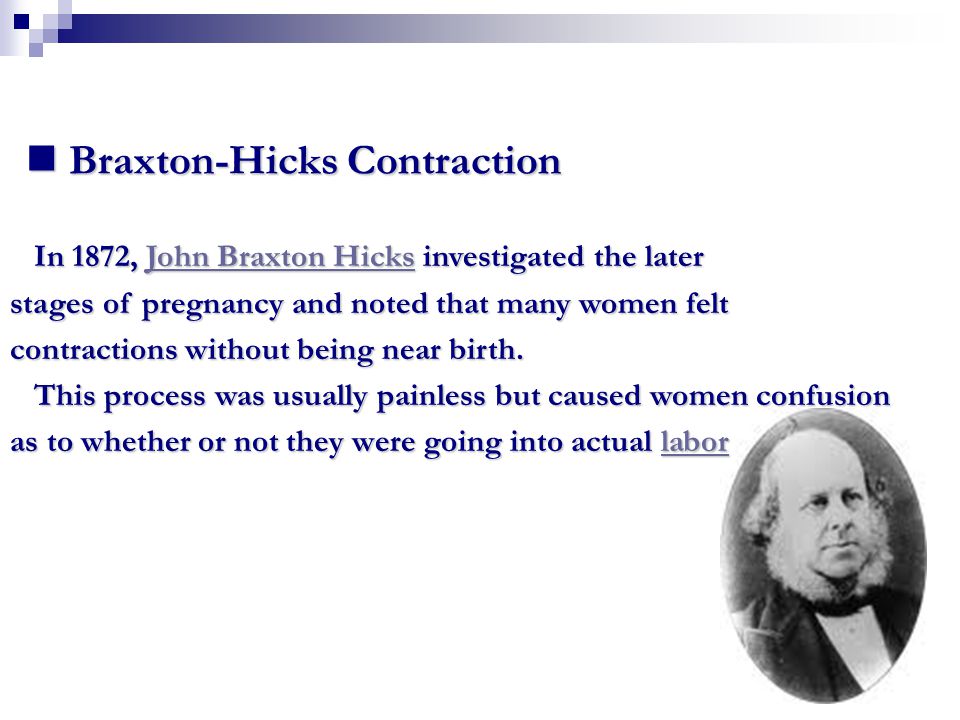How much money can you gift your child without paying taxes
Gift Tax Limit 2022: How Much Can You Gift?
For 2022, the annual gift tax exemption is $16,000, up from $15,000 in 2021. This means you can give up to $16,000 to as many people as you want in 2022 without any of it being subject to the federal gift tax. The gift tax is imposed by the IRS if you transfer money or property – worth more than an exempted amount – to another person without receiving at least equal value in return. This could apply to parents giving money to their children, the gifting of property such as a house or a car, or any other transfer. There is also a lifetime exclusion of $12.06 million in 2022. For help with the gift tax or any other personal finance issues you may have, consider working with a financial advisor.
The annual gift tax exclusion of $16,000 for 2022 is the amount of money that you can give as a gift to one person, in any given year, without having to pay any gift tax. You never have to pay taxes on gifts that are equal to or less than the annual exclusion limit. So you don’t need to worry about paying the gift tax on, say, a sweater you bought your nephew for Christmas.
The annual gift exclusion limit applies on a per-recipient basis. This gift tax limit isn’t a cap on the total sum of all your gifts for the year. You can make individual $16,000 gifts to as many people as you want. You just cannot gift any one recipient more than $16,000 within one year. If you’re married, you and your spouse can each gift up to $16,000 to any one recipient.
If you gift more than the exclusion to a recipient, you will need to file tax forms to disclose those gifts to the IRS. You may also have to pay taxes on it. If that’s the case, the tax rates range from 18% up to 40%. However, you won’t have to pay any taxes as long as you haven’t hit the lifetime gift tax exemption.
Lifetime Gift Tax LimitsMost taxpayers won’t ever pay gift tax because the IRS allows you to gift up to $12.06 million (as of 2022) over your lifetime without having to pay gift tax. This is the lifetime gift tax exemption, and it’s up from $11.7 million in 2021.
This is the lifetime gift tax exemption, and it’s up from $11.7 million in 2021.
So let’s say that in 2022 you gift $216,000 to a family member. This gift is $200,000 over the annual gift exclusion, meaning you’ll need to report it to the IRS. However, you won’t immediately have to pay tax on that gift. Instead, the IRS deducts that $200,000 from your lifetime gift tax exemption. So assuming you never made any other gifts over the annual exemption, your remaining lifetime exemption is now $11.86 million ($12.06 million minus $200,000). The table below breaks down this example:
| Example of Lifetime Exemption Limits | |||||
| Gift Value | $216,000 | ||||
| 2022 Gift Tax Exemption Limit | $16,000 | ||||
| Taxable Amount | $200,000 | ||||
| Lifetime Gift Tax Exemption Limit | $12,060,000 | ||||
| Remaining Lifetime Exemption Limit | $11,860,000 | ||||
Most taxpayers will not reach the gift tax limit of $12. 06 million over their lifetimes. However, the lifetime gift tax exemption becomes important again when you die and pass on an estate.
06 million over their lifetimes. However, the lifetime gift tax exemption becomes important again when you die and pass on an estate.
The IRS defines a gift as “any transfer to an individual, either directly or indirectly, where full consideration is not received in return.” In other words, if you write a big check, gift some investments or give a car to someone other than your spouse or dependent, you have made a gift. The IRS has a gift tax limit, both for the amount you can give each year and for what you can give over the course of your life. If you go over those limits, you will have to pay a tax on the amount of gifts that are over the limit. This tax is the gift tax.
In almost every case, the donor is responsible for paying gift tax, not the recipient. A recipient will only pay gift tax in special circumstances where he or she has elected to pay it through an agreement with the donor. Even though recipients don’t face any immediate tax consequences, they can face capital gains tax if they sell gifted property down the line.
There are two numbers to keep in mind as you think about gift tax: the annual gift tax exclusion and the lifetime gift tax exemption.
How to Calculate the Gift TaxJust like your federal income tax, the gift tax is based on marginal tax brackets. And rates range between 18% and 40%. If you want to calculate the taxable income for gifts exceeding the annual exclusion limit, the table below breaks down the rate that you will have to pay based on the value of the gift.
| 2022 Gift Tax Rates | |||||||||
| Gift Value Above the Annual Exclusion Limit | Rate | ||||||||
| Up to $10,000 | 18% | ||||||||
| $10,001 to $20,000 | 20% | ||||||||
| $20,001 to $40,000 | 22% | ||||||||
| $40,001 to $60,000 | 24% | ||||||||
| $60,001 to $80,000 | 26% | ||||||||
| $80,001 to $100,000 | 28% | ||||||||
| $100,001 to $150,000 | 30% | ||||||||
| $150,001 to $250,000 | 32% | ||||||||
| $250,001 to $500,000 | 34% | ||||||||
| $500,001 to $750,000 | 37% | ||||||||
| $750,001 to $1,000,000 | 39% | ||||||||
| More than $1,000,000 | 40% | ||||||||
The federal government will collect estate tax if your estate has a value of more than the federal estate tax exemption. The exemption for 2022 is $12.06 million. At the same time, the exemption for your estate may not be the full $12.06 million. You can only exempt your estate up to the amount of your remaining lifetime gift tax exemption.
The exemption for 2022 is $12.06 million. At the same time, the exemption for your estate may not be the full $12.06 million. You can only exempt your estate up to the amount of your remaining lifetime gift tax exemption.
So let’s say that you have lowered your lifetime exemption down to $10 million by making $2.06 million in taxable gifts over your life. The federal government would then tax any estate that you pass on to someone for all value over $10 million. In other words, the gift tax and estate tax have a single combined exclusion. Regardless of whether the gift is passed to the recipient before or after your death, it applies toward that same $12.06 million limit.
All of this means that one way to prevent taxation of any assets you pass on is to gift those assets in increments of $16,000 or less. This could take some planning on your part but it is completely legal. There are also some gifts that you never have to pay tax on.
What Gifts Are Safe From Taxes?Taxable gifts can include cash, checks, property and even interest-free loans. It also applies to anything you sell below fair market value. For instance, if you sell your home to your non-dependent child for $175,000 when it’s worth $250,000, the $75,000 difference could be considered a gift. That surpasses the annual gift tax limit and thus is deducted from your lifetime gift tax limit.
It also applies to anything you sell below fair market value. For instance, if you sell your home to your non-dependent child for $175,000 when it’s worth $250,000, the $75,000 difference could be considered a gift. That surpasses the annual gift tax limit and thus is deducted from your lifetime gift tax limit.
What constitutes a gift that counts toward your gift tax limit is generally easy to understand. There are several things that the IRS doesn’t consider a gift, however. You can give unlimited gifts in these categories without facing a gift tax or having to file gift tax paperwork:
- Anything given to a spouse who is a U.S. citizen
- Anything given to a dependent
- Charitable donations
- Political donations
- Funds paid directly to educational institutions on behalf of someone else
- Funds paid directly to medical service or health insurance providers on behalf of someone else
There are, of course, a few exceptions to keep in mind.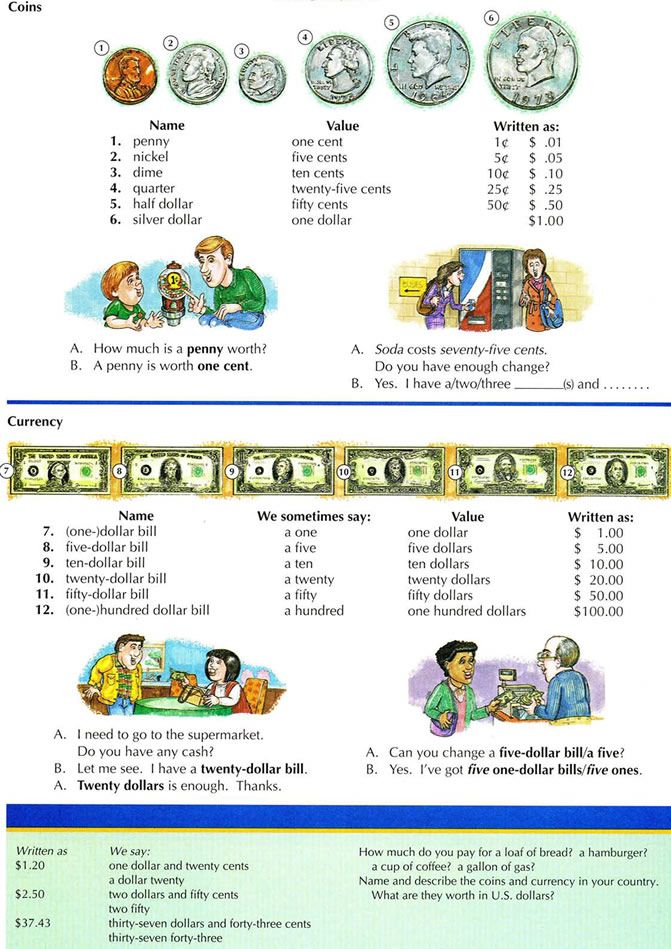 If your spouse is not a U.S. citizen, you can only give him or her $157,000 each year. Anything above that is subject to gift tax and counts against your lifetime limit.
If your spouse is not a U.S. citizen, you can only give him or her $157,000 each year. Anything above that is subject to gift tax and counts against your lifetime limit.
Funds that cover educational expenses refer only to tuition. That does not include books, dorms or meal plans. You can skirt the gift tax by contributing to someone’s 529 college savings plan with a lump sum and then spreading it over five years for tax purposes. The IRS allows taxpayers to donate $75,000 into a 529 plan without paying tax or reducing the lifetime limit. The only caveat is that any additional gifts for the same recipient will count toward your lifetime limit.
Lastly, it’s important to note that charitable donations are not only exempt from gift tax, they may also be eligible as an itemized deduction on your individual income tax return.
How to File Your Gift Tax ReturnThe first step to paying gift tax is reporting your gift. Complete IRS Form 709, United States Gift (and Generation-Skipping Transfer) Tax Return, on or before your tax filing deadline. Download the document, complete each relevant line and sign and date along the bottom. You then send the form in with the rest of your tax return.
Download the document, complete each relevant line and sign and date along the bottom. You then send the form in with the rest of your tax return.
You should complete Form 709 anytime you gift in excess of $16,000 – even if you’re within the $12.06 million lifetime limit. You’ll have to file a Form 709 each year you give a reportable gift, and each form should list all reportable gifts made during the calendar year.
If you live in Connecticut or Minnesota, you may also have to file a state gift tax return. These are the only states that have their own gift tax. In most cases, you can file a gift tax return on your own. If your transfers are large or complex, though, consider finding a financial professional.
Bottom LineThe IRS allows every taxpayer is gift up to $16,000 to an individual recipient in one year. There is no limit to the number of recipients you can give a gift to. There is also a lifetime exemption of $12.06 million. Even if you gift someone more than $16,000 in one year, you will not have to pay any gift taxes unless you go over that lifetime gift tax limit.
You will still need to report gifts over the annual exclusion to the IRS via Form 709. The IRS will lower your remaining lifetime exclusion over time and then use that amount to determine how much of your estate you need to pay estate tax on.
Tips for Getting Through Tax Season- Finding a qualified financial advisor doesn’t have to be hard. SmartAsset’s free tool matches you with up to three financial advisors who serve your area, and you can interview your advisor matches at no cost to decide which one is right for you. If you’re ready to find an advisor who can help you achieve your financial goals, get started now.
- Any charitable donations that you make are tax deductible. As you plan for your taxes, it’s important to keep track of your potential deductions throughout the year. They could save you money if you make deductions worth more than the standard deduction.
- One way to maximize your deductions is to use the right tax filing service.
 Two of the best filing services, H&R Block and TurboTax, both offer tools to help you maximize your deductions. And while both services are easy-to-use, certain taxpayers may prefer one over the other. Here’s a breakdown of H&R Block vs. TurboTax to help you decide which is best for you.
Two of the best filing services, H&R Block and TurboTax, both offer tools to help you maximize your deductions. And while both services are easy-to-use, certain taxpayers may prefer one over the other. Here’s a breakdown of H&R Block vs. TurboTax to help you decide which is best for you.
Photo credit: ©iStock.com/donald_gruener, ©iStock.com/Goran13, ©iStock.com/YinYang
Liz Smith Liz Smith is a graduate of New York University and has been passionate about helping people make better financial decisions since her college days. Liz has been writing for SmartAsset for more than four years. Her areas of expertise include retirement, credit cards and savings. She also focuses on all money issues for millennials. Liz's articles have been featured across the web, including on AOL Finance, Business Insider and WNBC. The biggest personal finance mistake she sees people making: not contributing to retirement early in their careers.
How Much Can I Gift My Child Tax-Free?
How to Go About Gifting Money for Your Child’s FutureParents might be shocked to learn that they can’t gift their children limitless money in any given year without potentially paying taxes or filing a lifetime gift tax exclusion form. Filing this tax form will eliminate the tax consequences of gifting above the annual threshold. If you’re gifting your child money to put towards their future, there may be another way to go about it. But first, how much can you gift your child without needing to file for a lifetime gift tax exclusion?
Filing this tax form will eliminate the tax consequences of gifting above the annual threshold. If you’re gifting your child money to put towards their future, there may be another way to go about it. But first, how much can you gift your child without needing to file for a lifetime gift tax exclusion?
Each year, each person is allowed to gift another person up to $16,000 (2022), which could be $32,000 a year per child from both parents, without having to pay taxes or file a lifetime gift tax exclusion form. Any additional monetary gifts on an annual basis will either require taxes be paid on the amount above $16,000 or a lifetime gift tax exclusion filing is used. The lifetime giving threshold for each person is $12,060,000 (2022). Unless your estate is or expected to be above this number in the near future, the lifetime gift tax exclusion filing is what most parents will use to eliminate a tax consequence for that year. On the other hand, if your estate is above this threshold, depending on the tax consequences, it may be worth paying taxes today to keep a higher exemption when you pass.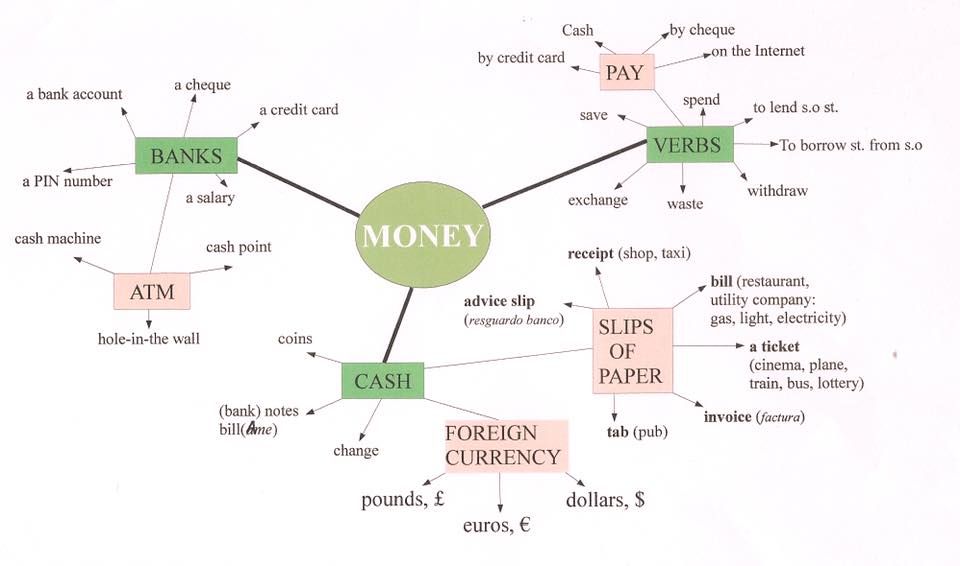 Note, the lifetime gift tax exclusion level is expected to drop in 2026 to about half the current level unless extended by congress.
Note, the lifetime gift tax exclusion level is expected to drop in 2026 to about half the current level unless extended by congress.
Another great benefit of using 529 college savings plans is the potential tax deduction you can receive. While not applicable on the federal level, some states offer a tax deduction for some or all of the contribution amount that you put into the plan. So, not only are you helping your child, but you could also be helping yourself lower your state tax bill.
Of course, simply gifting your child money isn’t always wise. Unless it’s placed in an investment account, like a 529 college savings plan, your gifted money won’t have much of a chance to grow. However, placing monetary gifts into an account that may allow it to increase over time can help pay for your child’s future.
At Sootchy, we’re dedicated to helping parents afford college tuition by offering a 529 college savings plan. To start saving and investing in your child’s future, download Sootchy’s app from the iOS App Store or Google Play Store today.
Gifting your child a substantial amount of money isn’t always necessary unless you are adding to their college fund. Using the threshold of $16,000 from above, and adding that each year to a 529 college savings plan for a child can quickly increase the value of the account over time, especially if taking into consideration potential growth. But, if that is not affordable, anything given can be used to benefit your child’s future.
Gifting your child $16,000 to sit in a bank account won’t necessarily contribute as much to their future. Many parents decide to add to their children’s college funds from the moment they’re born. The method that you use is important, though. Simply gifting funds to your child over the years means little unless that money grows alongside them. Seeking help from a trusted source like Sootchy for 529 college savings plans, can help parents provide for their children. These plans allow parents to save and invest their money over the years. Opening a 529 college savings plan can allow you to spend less while contributing more to your child’s future.
These plans allow parents to save and invest their money over the years. Opening a 529 college savings plan can allow you to spend less while contributing more to your child’s future.
Simply gifting your children money without investing it in any way can cause you to spend too much without potentially gaining any earnings. Alternatively, you can start a 529 college savings plan. This method allows parents to start saving when their children are young and contribute money over time. As the years go on, you can accumulate more earnings in a 529 college savings plan, especially through compounding growth, allowing your child to pursue higher education while focusing on eliminating financial difficulty.
529 College Savings Plan DetailsA 529 college savings plan is a great way for parents to start saving for their children’s education without having to spend too much upfront. Parents can open a 529 college savings plan in virtually any state. These plans are state-sponsored savings and investment opportunities for parents who want to contribute to their children’s secondary education goals.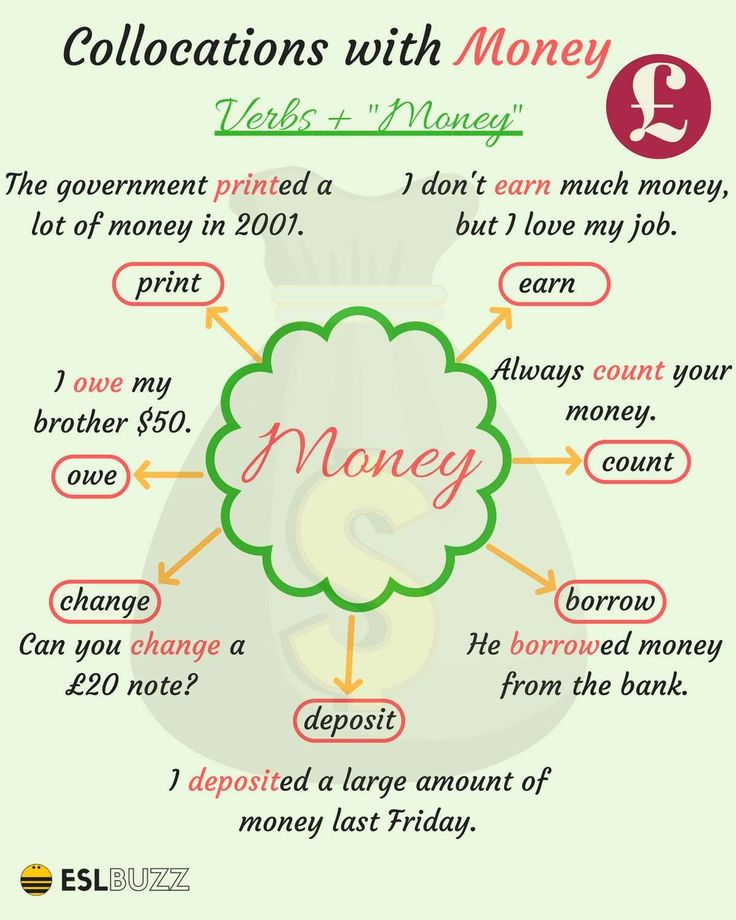 Because of the nature of 529 college savings plans, there’s more leeway for parents who want to give their children tax-free monetary gifts more focused on education and have the opportunity to grow.
Because of the nature of 529 college savings plans, there’s more leeway for parents who want to give their children tax-free monetary gifts more focused on education and have the opportunity to grow.
Although contributions to 529 college savings plans are subject to the same rules as any other monetary gift, there’s an important bonus: the gifts can grow. You can find the right plan for your family by working with experienced professionals, like those at Sootchy. Once you do, you can start contributing money that will benefit your child’s future.
When you invest money in a 529 plan, whether $5 or $5,000, it has the potential to grow over time. By the time your child is ready to attend college, you may have saved and accrued enough funds to fully cover the cost of tuition. The money earned from these plans is tax-free, provided it’s used to fund your child’s higher educational pursuits. Not only can the funds be used for college, but also for K-12 tuition, and some other education programs.
As mentioned before, 529 college savings plans allow parents to invest in their children’s futures from day one. But, not all parents are financially capable of gifting their children $16,000 each year, especially for families with more than one child. That’s why working with the professionals at Sootchy for 529 college savings plans is beneficial. Young parents and long-time parents alike can begin saving and investing now.
Gifting your child money doesn’t necessarily benefit them when it comes time to pay for education expenses. FASFA, the application to receive Federal Financial Aid, takes into consideration the finances of both the parents and the children. If your child has $16,000, or more, in a bank account from monetary gifts, it could prevent them from receiving adequate financial aid. Whereas, using some or all of a child’s monetary gifts in a 529 college savings plan significantly reduces the money’s effect on receiving aid via the FAFSA application.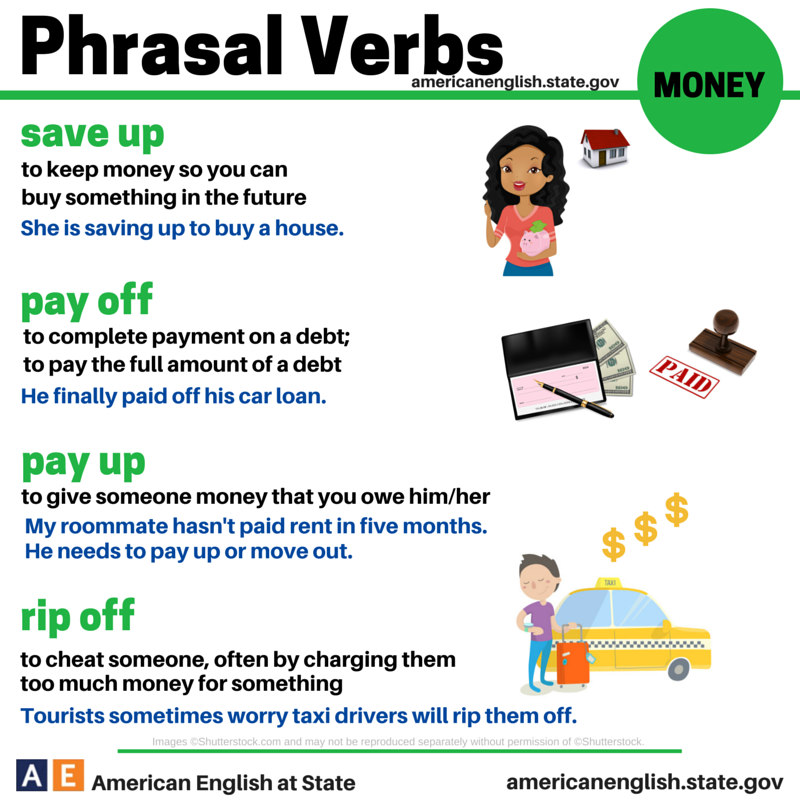 As such, there can be two sources to cover education expenses. More potential aid can be received by the child in addition to having a 529 college savings plan.
As such, there can be two sources to cover education expenses. More potential aid can be received by the child in addition to having a 529 college savings plan.
Unlike other investment plans, there are few eligibility requirements to open a 529 college savings plan. No matter your financial circumstances, you can start a 529 college savings plan to support your child in their efforts to attend a higher education institution. Not only that, the funds earned and saved in a 529 college savings plan are both tax-deferred (meaning gains compound each year instead of taxes being paid on them) and tax-free when taken out of the plan so long as the funds accrued in your plan are used to pay for higher education costs. So, not only can you contribute a substantial amount of money annually to your child’s future, but that money will not be taxed upon use or during its growth.
Giving your child the gift of tax-deferred and tax-free education funds is something every parent wants. By downloading the Sootchy app you can start investing and accruing funds in a 529 college savings plan today.
iOS App Store & Google Play Store
How to process money donated by relatives?
Mother-in-law sold the apartment of her mother, my wife's grandmother.
Wants to give my wife and I part of the money from the sale. What is the best way to get this money with a minimum of risk and commission? Do we need to pay tax on this amount?
Anton
Anton, the best option is if this money is a gift from a relative. Then formalize the transfer of money with a donation agreement: this way there will be no personal income tax, risks and commissions.
Kristina Frolova
lawyer
Author profile
217 of the Tax Code of the Russian Federation establishes that income in the form of money received from individuals in the form of gifts is not taxed. That is, when donating personal income tax, neither you nor your wife need to pay .
According to the law, a donation agreement between individuals can be drawn up both in writing and orally. It is not necessary to notarize or register such an agreement. The mother-in-law can simply hand over the money to you - this is legal. nine0003
It is not necessary to notarize or register such an agreement. The mother-in-law can simply hand over the money to you - this is legal. nine0003
Art. 574 of the Civil Code of the Russian Federation
Nevertheless, in order to avoid any risks in the future, we recommend that you do so.
Conclude a written agreement
When donating a large amount, it makes sense to draw up an agreement in writing. Better yet, get it certified by a notary. It is expensive, but it will be impossible to challenge the donation in this case.
The notary will confirm the authenticity of the signatures of the parties and check the contract for legal literacy. The notary will keep a copy of the donation in the archive, so you can always get a copy of it. nine0003
An amazing story
Mother-in-law's money case
Examples of a donation agreement can be easily found on the Internet. The main thing is to indicate in the contract the details of the parties, the exact amount, as well as the method of its transfer - for example, by receipt signed by both parties.
Both the donor and the donee must have a copy of the agreement signed by the parties.
Indicate both yourself and your spouse as the donee
If only your wife receives gift money, they will not be considered jointly acquired property. Therefore, if you want to equalize your rights, indicate two donee in the contract. nine0003
Obtain the consent of the father-in-law
According to the law, the consent of the donor's spouse is not required to draw up a donation agreement. But if your father-in-law may become against donation, you must obtain his consent in advance and notarize it.
Confirm the receipt of money with a receipt
A receipt is an act of receiving and transferring money. It is part of the donation agreement.
/raspiska/
How to properly lend money to friends and acquaintances
The receipt must indicate the details of the parties, the amount received, the date and method of transferring and receiving money (in cash or to a bank account). nine0003
nine0003
It is better not to lose the receipt and the contract for at least three years. After that, it will be almost impossible to challenge the donation in court.
Why play it safe like this
Formally, you are not obliged to bother with all these pieces of paper, but I still advise you to take care of them. It is clear that family members trust each other and are unlikely to intrigue. It may seem that all these papers will not give you anything.
But as a lawyer, I come across many cases where money causes problems within the family. And especially tough problems are when families break up and start dividing property. And then every piece of paper plays a role. Today the family lives in perfect harmony, and tomorrow the wife changes the locks in the apartment and evicts her ex-husband to the street by court order. Papers will help protect the interests of both spouses. nine0003
I wish you that over the years these papers will not be useful to you in courts.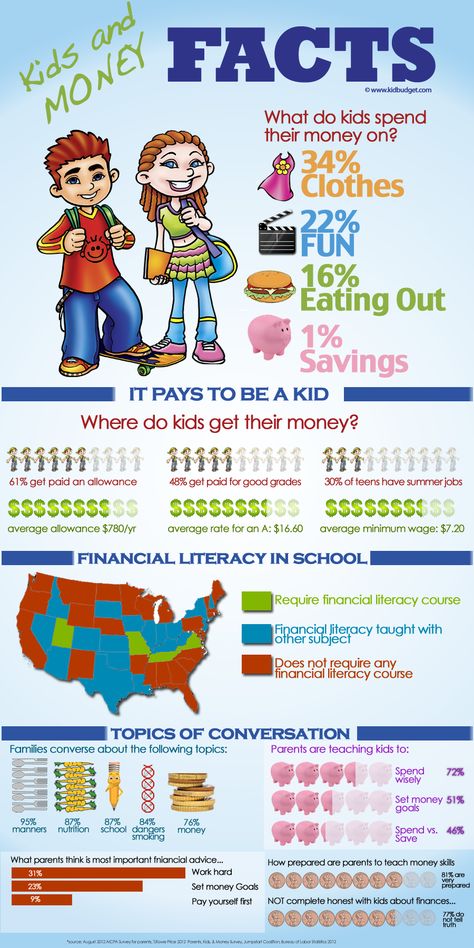
If you have a question about personal finance, rights and laws, health, or education, please email. The most interesting questions will be answered by the experts of the magazine.
Ask a question
How much can you give without tax in 2023 and 2022. Summary table
By no later than March 31, 2023 some individuals need to report on income received in 2022 - in cases prescribed by tax legislation, it is necessary submit to the tax authorities (i.e., to the tax office) a personal income tax return .
In 2023, the Tax Code of the Republic of Belarus (hereinafter referred to as the Tax Code of the Republic of Belarus) was again amended.
In particular, the maximum amount that can be received as a gift (or, accordingly, donated) from friends, acquaintances and some (mostly distant) relatives has been changed.
Please note! nine0081
In accordance with paragraph 2. 1 of Article 196 of the Tax Code of the Republic of Belarus, income tax from individuals is not recognized as income received by payers (i.e. individuals) from transactions related to relations of individuals who, in accordance with the law, are in a relationship with each other:
1 of Article 196 of the Tax Code of the Republic of Belarus, income tax from individuals is not recognized as income received by payers (i.e. individuals) from transactions related to relations of individuals who, in accordance with the law, are in a relationship with each other:
- close relatives - these are parents (adoptive parents, adopters), spouses, children (including adopted children), siblings, grandfather, grandmother, grandchildren, great-grandfather, great-grandmother, great-grandchildren
- properties are close relatives of the other spouse, including the deceased
- guardian
- guardian and ward
!!! with the exception of income , received by specified individuals under the labor contracts concluded between them:
- labor contracts
- sales contracts
- other civil law contracts, related to business activities .
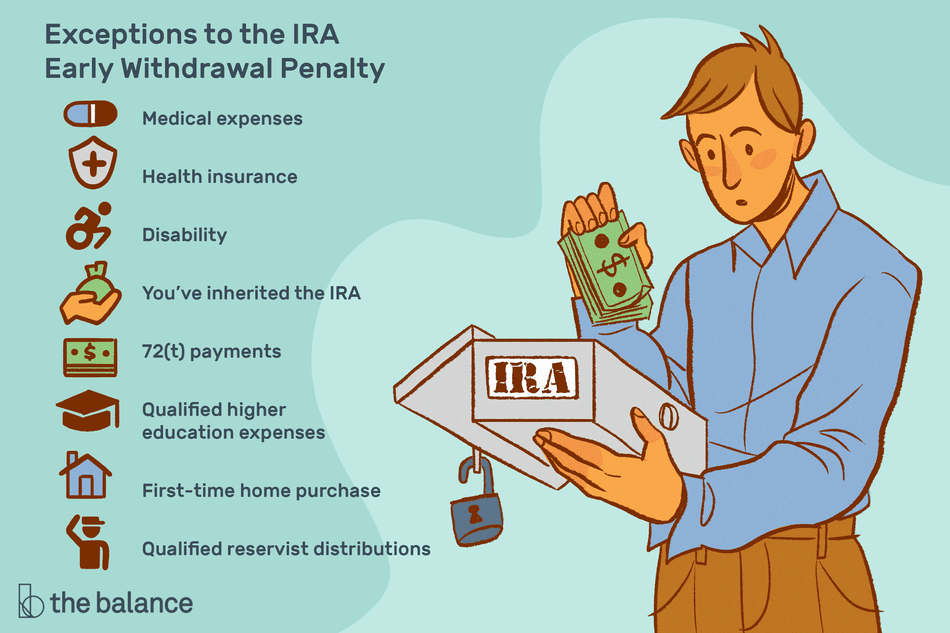
Thus, a gift between close relatives (and also a gift from the mother-in-law to the son-in-law - after all, these are “property” relationships) is not recognized as an object of income taxation mother an apartment, and in the same year the father gave a dacha - you don’t need to pay anything, you don’t need to file an income tax declaration) .
So how much can you get as a gift from friends / acquaintances x? For example, for a wedding - but here you can divide into 2. You can receive as much as you want as a gift. But if the total amount of gifts from non-close relatives for the year exceeds the amount established by law, then income tax must be paid on the amount of “excess” (well, such amounts of gifts in terms of “excess” must be declared).
See table below .
We also have a separate article about how much a deceased person could give (for example, a close relative).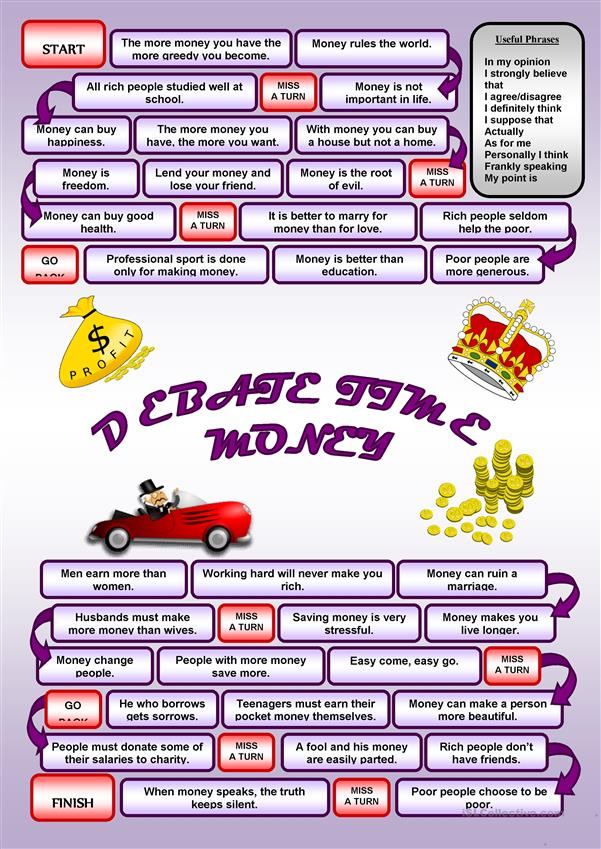
Table with data on the maximum amount of gifts not subject to income tax, large - more convenient to view on a large screen
| 2023 | 2022 | 2021 | 2020 | 2019 | 2018 | 2017 | 2016 | 2015 | 2014 | 2013 | |
|---|---|---|---|---|---|---|---|---|---|---|---|
| MAX amount of gifts, BYN | 9,338.00 | 8,078.00 | 7,521.00 | 7,003.00 | 6,569.00 | 6,116.00 | 5,555.00 | 4,947.00 | 4,366.00 | 3,783.50 | 3.310.00 |
| Regulation | clause 22 of article 208 of the Tax Code of the Republic of Belarus | annex No. 9 to Decree No. 503 9 to Decree No. 503 | clause 22 of article 208 of the Tax Code of the Republic of Belarus | appendix No. 9 to Decree No. 29 | clause 1.18 of article 163 of the Tax Code of the Republic of Belarus | ||||||
| Average exchange rate USD / BYN | 2.7000 | 2.6199 | 2.5382 | 2.4349 | 2.0914 | 2.0366 | 1.9318 | 1.9885 | 15 865 | 10 215 | 8 876 |
| MAX amount of gifts, USD | 3,450.00 | 3,083.32 | 2,963.12 | 2,876.09 | 3,140.96 | 3.003.04 | 2,875.56 | 2,487.80 | 2,751.97 | 3,703.87 | 3,729.16 |
!!! PAY ATTENTION
The table does not reflect the maximum amount of gifts not subject to income tax in 1999-2012 (although there were also such criteria). For information contact paid consultation .
For information contact paid consultation .
At the same time:
- in 2006-2007 — tax-free gifts could only be received from individuals “permanently residing in the territory of the Republic of Belarus”
- in 2008-2009 - tax-free gifts could only be received from individuals “recognized as tax residents of the Republic of Belarus”
In the table, the value of gifts not subject to income taxes, indicated in foreign currency , is calculated based on the average exchange rate of the US dollar against the Belarusian ruble for the reporting year.
At the same time, when calculating the maximum amount that can be received as a gift or donated without additional tax obligations, it is necessary to take into account the exchange rate in which the gift was received to the Belarusian ruble on the date of receipt of the gift / date of donation.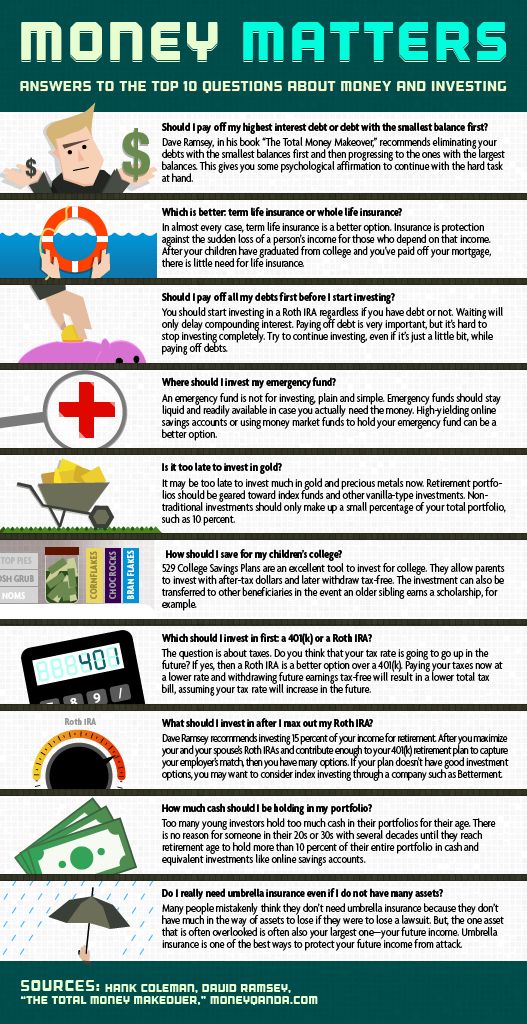 nine0069
nine0069
Why so much data (more than 10 years)?
Read here here - with the need to submit Explanations about the sources of income can be encountered by everyone.
Best regards, Ardenne Accounting Center
Verification of income of individuals: the income tax rate is increased to 26%
09.12.2022
The rate of income tax levied on the excess of expenses over income of individuals will increase to 26% from January 1, 2023
Read article »
The “business splitting” scheme was suppressed by the tax authorities: information from the Ministry of Taxation
10/30/2022
Business splitting is a well-known method of evading (minimizing) taxes by the tax authorities. Instead of a common system, a "fragmented" organization illegally applies the simplified tax system
Read article »
Tax audit of compliance of expenses with income: results for 9 months
10/30/2022
Results of in-house audits of compliance of expenses with incomes of individuals.
